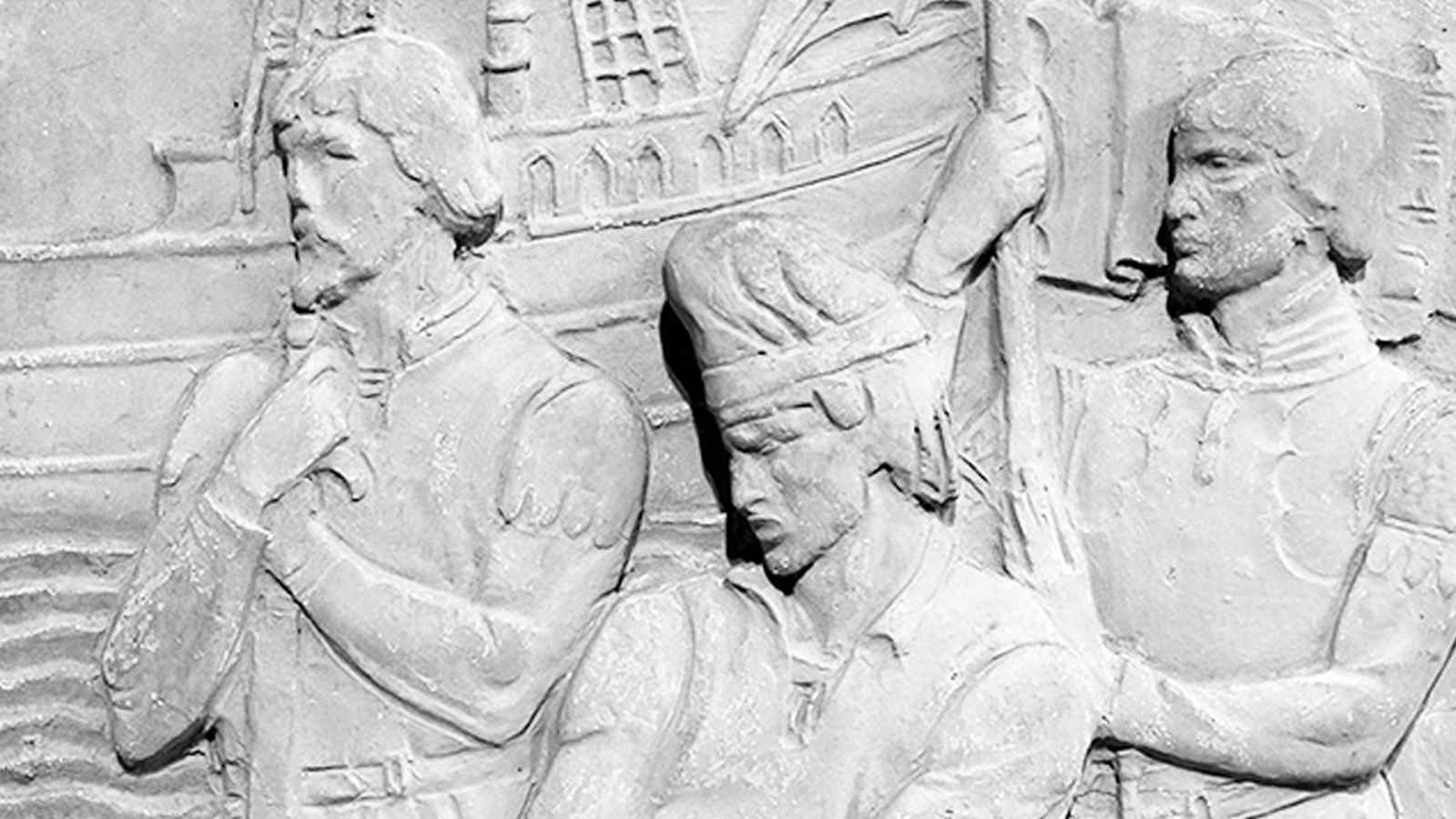Sculpture under the Estado Novo
In an attempt to modernise the art produced in Portugal in the beginning of the 1930s, which was persistent in its 19th century atavism, António Ferro (1895–1956), ideologue of the art of the Estado Novo [New State], imposed modernism as the official style of the regime. The predominantly rural and illiterate Portuguese society, governed by a dictatorial political regime anxious to consolidate itself, created the conditions for sculpture to gain prominence as a vehicle for propaganda for a State with nationalist tendencies.
This domesticated modernism – a contradiction in terms – found the conditions for its establishment in the vast campaign of public works launched by Salazar (1889–1970), beginning in the 1930s, which was continued up until the death throes of the regime. Throughout the Portuguese territories, including the colonies, monuments and statues were erected and decorative programmes in public buildings carried out, setting historical Portuguese personalities in stone or bronze, with particular emphasis on heroes of the Age of Discovery, but also on writers, poets and religious figures. This power strategy was imitated by other totalitarian regimes in Europe and became known in Portugal as the ‘Política do Espírito’ [Policy of the Spirit]. The ‘Exposição do Mundo Português’ [Exhibition of the Portuguese World], in 1940, was the epitome of this strategy, glorifying the singularity of Portuguese influence in the world and celebrating peace in a period in which war engulfed the whole of the European continent. The Caldas da Rainha Arts Centre houses a significant collection of sculpture of the Estado Novo, with four monographic museums dedicated to sculptors from this period: Leopoldo de Almeida, Barata Feyo, António Duarte and João Fragoso.

